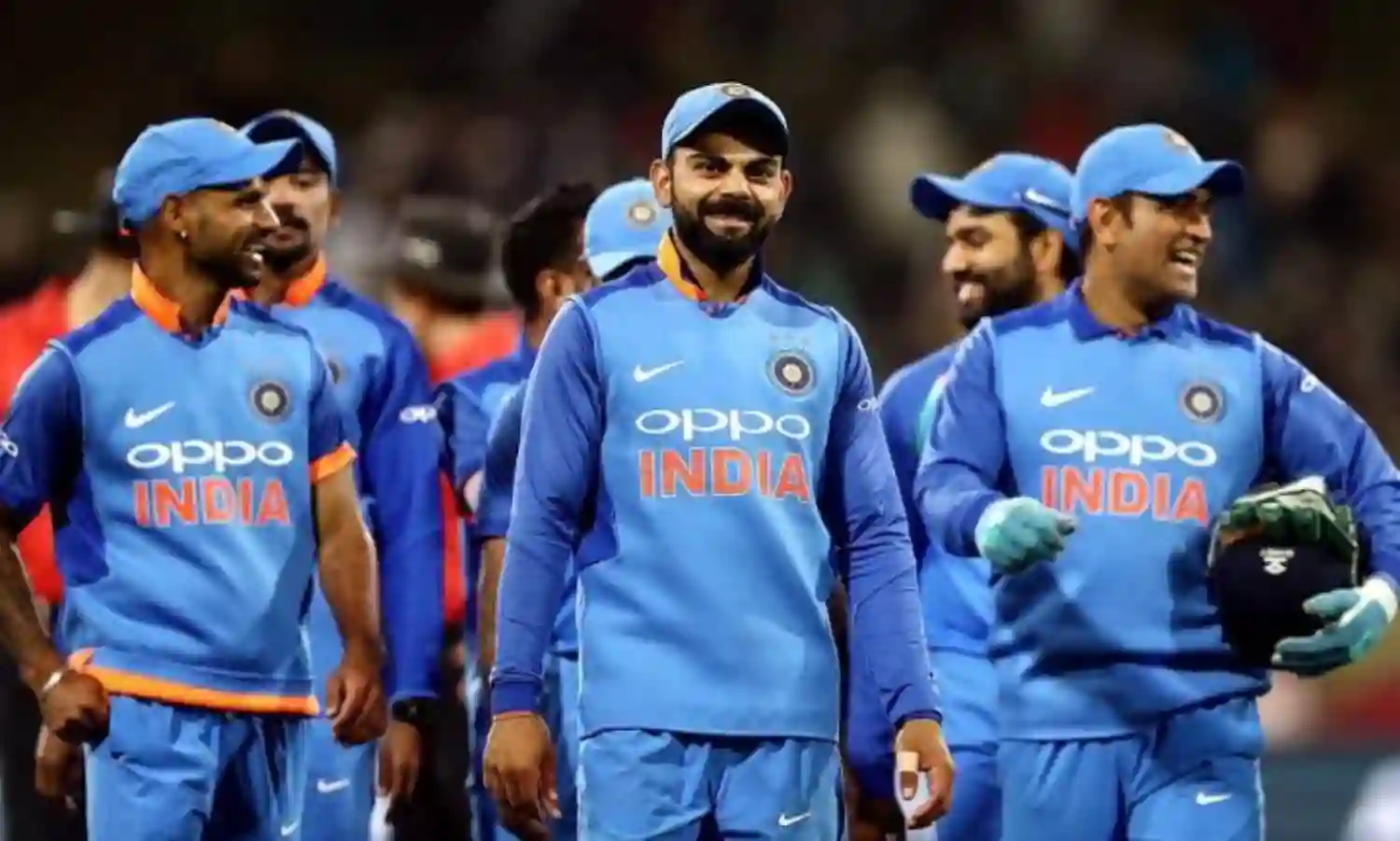India In The World Cup - As Many Ups As Downs
India In The World Cup - As Many Ups As Downs

India are one of the favourites for the World Cup going by the team personnel, their current ranking and recent record. And for some of the editions they have been considered one of the leading contenders. Overall however on close scrutiny India’s record in the World Cup has as many ups as downs.
This is because of the poor start in the first two editions and some troughs in between which are in stark contrast to the high points – two triumphs, one runner-up spot and being semifinalists on three occasions.
No one really expected the Indian team to set the Thames on fire in the first two World Cups. The players had still to come to terms with the intricacies of limited overs cricket. Symbolizing this were two different negative happenings - Sunil Gavaskar’s infamous 36 not out off 174 balls against England in 1975 and the shock loss to Sri Lanka, then an associate member four years later. Interest too in the one day game was lukewarm with Test cricket still very popular among Indian fans.
What happened in 1983 however brought about a metamorphosis. The totally unexpected triumph of ''Kapil’s Devils’s’’ as they were christened by the British press not only made the Indians the team to watch thereafter but also succeeded in weaning away the followers from the traditional format. Suddenly ODI’s became the rage and the triumph in the World Championship of Cricket in Australia in 1985 only succeeded in cementing this craze.
Not unexpectedly India and Pakistan were the favourites for the 1987 World Cup especially as they were co-hosts with the World Cup being held outside England for the first time. Both comfortably topped their league tables and even as the stage seemed set for the keenly anticipated final at the Eden Gardens between the two teams England and Australia pulled off surprise victories to dash the hopes of millions of cricket fans across the sub continent.
Interest in the World Cup since then has always been very high with discussions at homes and offices, in bars and on the streets centering on the showpiece event. India’s campaigns have been followed with bated breath and since the 90s there has been a lot of build-up thanks to innovative technical wizardry and shameless, sometimes nauseating hype.
All the same the Indians disappointed in 1992 “Down Under’’ when they finished seventh among nine teams after the league stage losing five matches and winning just two (with one no result) and never really being in contention for a semifinal spot.
The disappointment was felt even more four years later even if India made it to the semfinal. India were again the co-hosts this time along with Pakistan and Sri Lanka and in an open field it was reckoned that India had as good a chance as any to take the cup.
Sri Lanka however outplayed them at Calcuttta in an infamous semifinal marred by serious rioting which gave match referee Clive Lloyd no other option but to award the match to the island nation who went on to win the trophy.
Back in England for the competition in 1999 India were always up against it with strong contenders Australia, New Zealand, Pakistan and South Africa in the fray. India made it to the Super Six but finished last in that table. India however redeemed their faltering reputation four years later in South Africa. Given the patchy Indian record since 1983 fans were wary of any big expectations but India had a balanced outfit with the most lustrous batting line-up in the tournament.
After an indifferent start India won eight matches on the trot to enter the final. Here however they were no match for the defending champions Australia who romped to a 125-run victory. But their best result for 20 years provided more than a crumb of comfort for Indian fans.
Considering everything India’s showing in the 2007 World Cup in the Caribbean has to be their worst ever. Shock losses to Bangladesh and Sri Lanka meant that they were knocked out at the preliminary stage itself, a fate not even the bitterest cynic of Indian cricket would have envisaged. There was a lot of pressure building up to their campaign and the Indians badly succumbed to this with coach Greg Chappell’s brusque methods not helping matters.
By the time 2011 rolled along it had been 28 years since Kapil Dev had lifted the trophy at Lord’s that sunny June day. So fans were wary keeping in mind what happened four years before. However since India were again co-hosts with Sri Lanka, Pakistan and Bangladesh expectations remained high. And finally the Indians did not disappoint.
After finishing second to South Africa in the group they breezed through the quarterfinal against defending champions Australia, prevailed in a high octane clash with Pakistan in the semifinal and got the better of Sri Lanka in the final giving Sachin Tendulkar the perfect parting gift after his sixth and final World Cup. Skipper MS Dhoni’s six to seal the triumph has become an iconic photograph.
Four years later India remained serious contenders but somehow the feeling was that they would perform commendably but fall short of the ultimate target. This is exactly what happened. They performed beyond expectations in the group stage winning all their six matches, brushed aside the challenge from Bangladesh in the quarterfinal only to go down to ultimate champions Australia in the semifinal.



